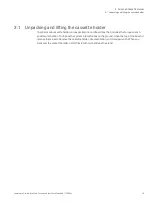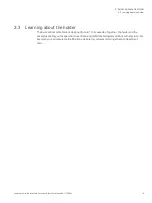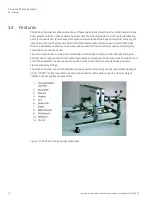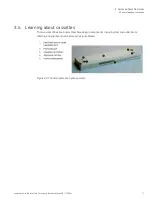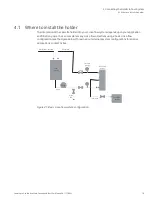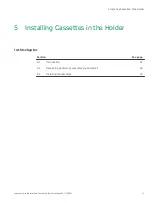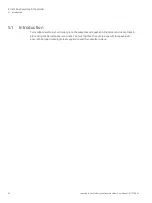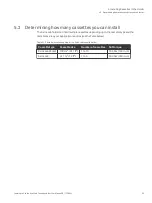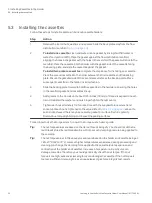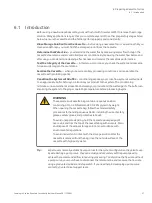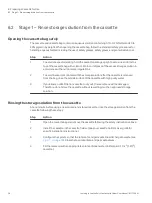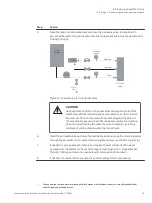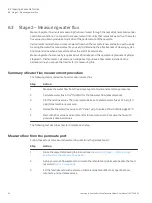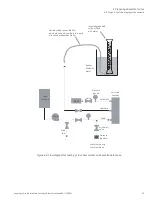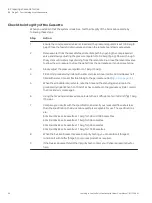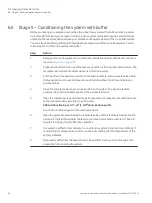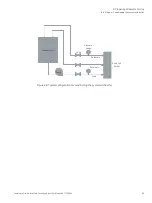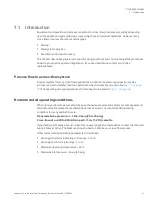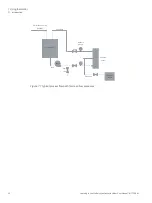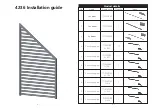
6.1 Introduction
Before using a new Kvick Lab cassette, you must flush it with DI water or WFI to remove the storage
solution. Many applications require that you complete several of the other preparatory stages listed
below to ensure the cassette and the holder perform properly and consistently:
Rinse Storage Solution from the Cassette — before using a new cassette—or a used one that you
cleaned and stored—you must flush the storage solution from the cassette.
Determine the Water Flux — you determine the water flux by measuring water flow through the
cassette’s membrane under controlled process conditions. By measuring the water flow before and
after use, you can determine cleaning effectiveness and monitor the cassette’s performance.
Test the Integrity of the Cassette — in this two-part process, you check the system and cassette
for leaks or damage to the membrane.
Sanitize the Cassette — when you require sanitary processing conditions, you can sanitize the
cassette with sanitizing agents.
Condition the System with Buffer — conditioning exposes your cross-flow system’s wetted parts
to an appropriate buffer before you introduce your product to the system. The conditioning
minimizes unwanted chemical reactions between your product and the wetted parts. The buffer can
also bring the system to the proper operating temperature before processing begins.
WARNING
The cassette and cassette bag contain an aqueous solution
containing 0.1 to 0.2 N NaOH and 20 to 22% glycerin by weight.
When opening the cassette bag, follow the standard safety
procedures for handling aqueous NaOH, including the use of safety
glasses, safety gloves, and protective lab coat.
To avoid unexpected spilling, hold the cassette package upright
over a sink and trim the top of the cassette bag with scissors. Drain
and dispose of the excess storage solution in accordance with
environmental regulations.
To avoid inadvertent contact with the storage solution after the
cassette is removed from the bag, rinse the outside surface of the
cassette with high purity water.
Tip:
Expert users normally establish pump curves for the system configuration they plan to use.
By establishing a pump curve, they can quickly and accurately set the pump speed to
achieve the recommended flow rate during processing. To determine the flow rate without
a pump curve, you would have to disconnect the retentate line and measure the flow rate
using a graduated cylinder and stop watch. If you need help in developing a pump curve,
contact Cytiva technical support team.
6 Preparing a Cassette for Use
6.1 Introduction
Learning to Use the Kvick Lab Cassette Holder User Manual 18117269 AI
27

